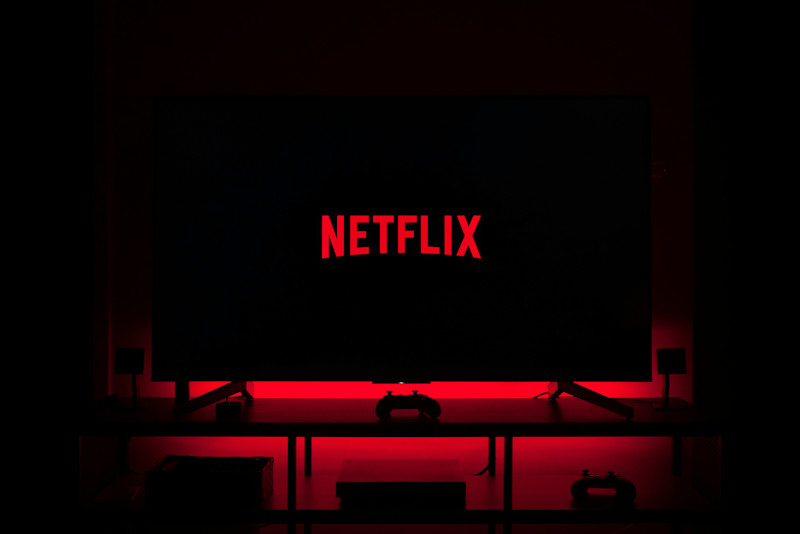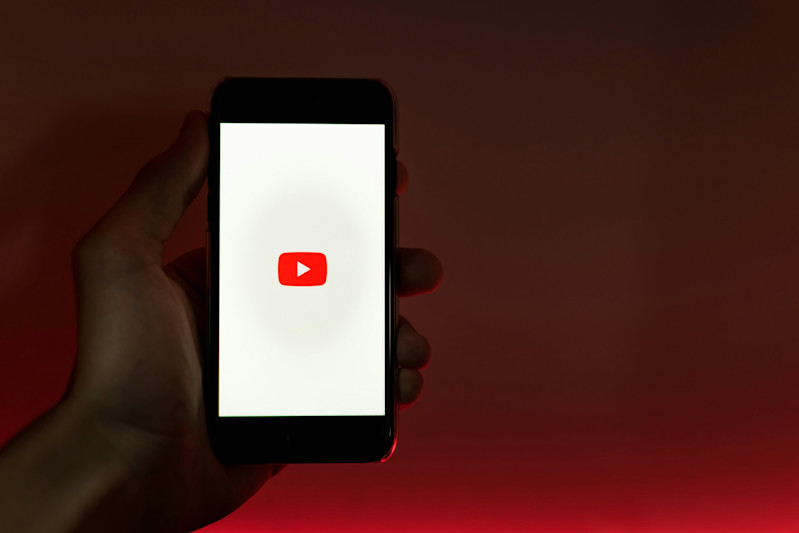
Serving as the first point of contact between customers and businesses, visuals are essential to distinguishing your brand and ensuring impactful messaging across all channels
A lasting first impression is invaluable, particularly in the vast online arena where competition is fierce. Successful brands from around the globe boast a strong visual identity to stand out in the crowd, striving to connect with their customers while building trust and credibility. Logos, colour palettes, fonts, and even user interface (UI) play a role in forming a visual identity that can communicate what your business does and what your brand stands for.
At Katch International, we understand the significance of visual identity and are dedicated to helping companies harness their potential. Whether thinking about completely updating your brand or you’re just seeking to incorporate some new designs for your products, understanding the power of visual language is paramount to ensure the best possible outcome.
Beyond Words and Slogans: What is Visual Identity?
Visual identity encompasses the visual elements that represent a brand's essence, culture, and personality. It serves as the visual expression of a brand, communicating its identity to the world. Visual identity doesn’t just refer to logos; it comprises all visuals that are related to your business.
People often confuse visual identity with brand identity, as both have an intrinsic relationship. However, while brand identity is a comprehensive expression of everything that makes the brand what it is, including mission statements and taglines, visual identity solely focuses on the visual elements that contribute to this perception.
Elements Used in Visual Identity: A Blend of Colours, Designs, Fonts, and More
A comprehensive visual identity is built on several key elements, each plays a vital role in shaping a brand’s image and perception. The logo serves as the cornerstone, instantly recognisable and symbolising the essence of the brand, while a carefully curated colour palette can spark specific emotions in customers, impacting how the brand is perceived.
Your choice of fonts can further convey the brand's personality and uniqueness as well. In fact, some companies even create their own customised font, ensuring that every piece of text associated with their brand is truly inimitable (try searching for Netflix Sans for example).

Graphics, illustrations, and icons contribute to visual interest and differentiation. To ensure a cohesive experience across all digital platforms, some companies even design their user interface (UI) to be as similar as possible to their other visuals (notice how Apple’s website has the same blur effects used in your iPhone’s UI). Companies that sell various physical products also try to make their packaging speak of their visual identity, using consistent designs to create a unified brand experience.
Why Does Visual Identity Matter?
The importance of a strong visual brand identity cannot be overstated. It helps set the brand apart from competitors, while also fostering relatability with visual elements that evoke emotions and create a sense of connection with the audience. Consistency across all touchpoints can build brand recognition and trust as well, leading to increased loyalty among customers.
Companies from every industry and of all sizes always try to find ways to leverage the power of visuals for their benefit while also making changes to their designs based on the development of their business. After staying for over a decade with an odd logo featuring the word “Tube” in a tube (a nod to old TVs), YouTube adopted a new logo consisting of a red play button in 2017, showcasing its strong connection to the brand’s core service: digital videos.

Ryanair, an Irish low-cost airline, has long been using a combination of blue and yellow on their website, crew’s uniform, and even on seats, to reflect the company’s identity as a budget option. In the past few years, the company has been reducing its blues and yellows significantly, trying to appeal to a higher class of customers without abandoning the colours completely and causing confusion.
Other brands adopt various visual identities over time, but if there’s one thing that many large corporations are following, it’s the shift towards minimalism and monochromic logos. Perfect examples of this approach are Apple and Samsung, the world’s leaders in smartphone manufacturing, who have gradually changed their overly complex logos and embraced simple shapes. This approach made their visuals more compatible with their various phones and other gadgets, while also future-proofing the brands as both businesses have significantly expanded beyond their original products and services.

In the government sector, maintaining a consistent visual identity is of utmost importance, ensuring that all entities communicate with a unified message across all channels and materials. The UAE government, for example, has an online portal containing detailed visual identity guidelines for each entity, such as Federal Authorities, Ministers, Permanent Councils, and more.
Visual identity is a powerful tool that can elevate a brand's presence, strengthen its connection with its audience, and set it apart from the competition. Whether you’re starting a new business or seeking to rejuvenate your brand, having impactful, effective visuals is crucial to the success of your business.
For more related updates and to Katch us covering similar topics, watch this space!
Katch our game-changing PR and Communications, Social Media, Branding and Design, Brand Consultancy, Digital Marketing, and Global Communications services to help your brand make noise. Get in touch with our 360-Marketing agency in Dubai, Qatar, Saudi Arabia, and London, and let’s get the conversation started!
